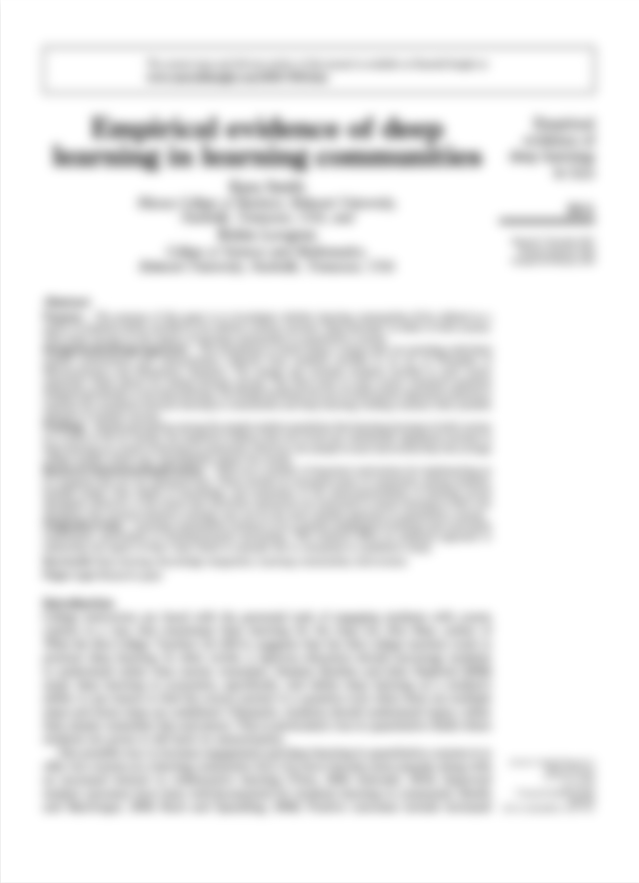City Approves 2 Projects for Slum Clearance: Condemnation of Sites in North Harlem, Corlears Hook Voted by Board
Dougherty, Richard.
New York Herald Tribune (1926-1962); New York, N.Y.. 03 Apr 1951: 24.
You might have access to the full article...
Try and log in through your library or institution to see if they have access to the full text.





